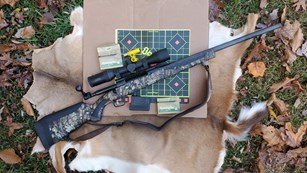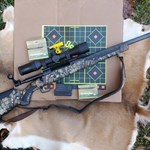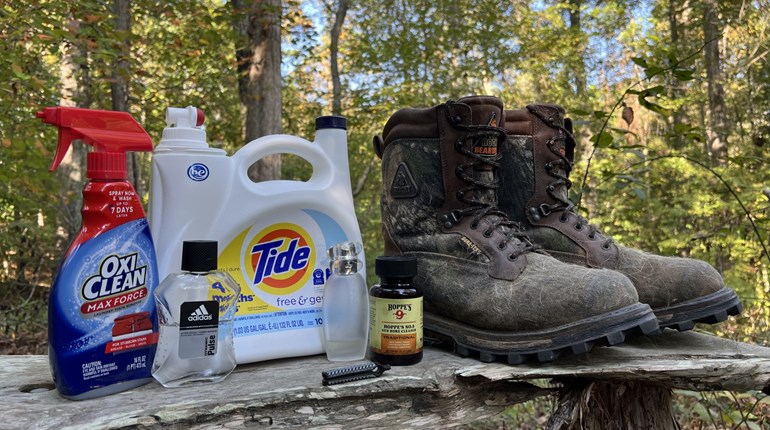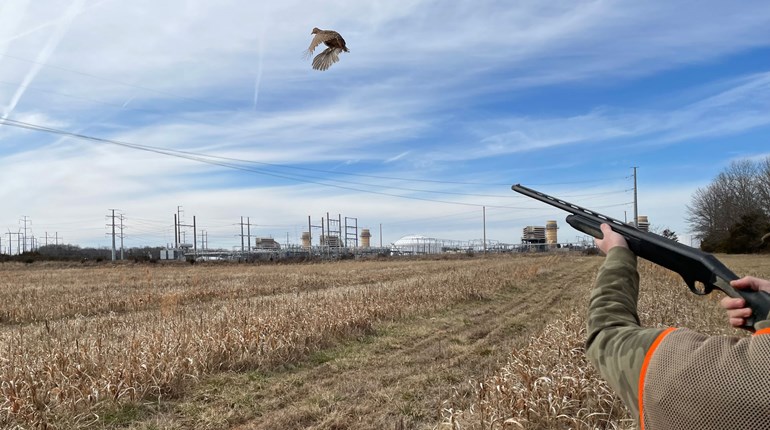
Global positioning units and the miracle of smart phones have revolutionized the way we navigate in the wilderness, but it's important to remember that mechanical devices can break, fail or lose signal...and that's why wise outdoorsmen and women should know how to navigate old-school. In a previous installment, we talked about how to use a compass to find your way back to base camp. Today, we'll cover how to integrate that compass with a map and close the loop of "old school" orienteering.
Outdoorspeople use three main types of maps for finding their way in wilderness country. There are printed maps prepared and published by governments and private mapping firms. These include topographical ("topo") maps. The second type of map is the hand-drawn map based on your own observations and those of your companions. The third is the "mental map" based on your memory of the direction, approximate distances and turns you made to get from where you were before to where you are now. Of the three of them, the third type is the most impervious...but also the most subjective, given the way in which our individual brains process memory.
With your map in hand (or between your ears), identify two or more landmarks, such as lakes, mountains, ridges or high peaks that you can also recognize and locate on the map. You can then judge where you are in relation to those places. The latitude and longitude lines which form the grid framework of printed maps are aligned with true north. A printed map shows north at the top, with latitude lines forming the top and bottom edges of the map and longitude lines running true north and south to form the sides.
Your compass points to magnetic north, which is not exactly the same as true north. For this reason, printed maps you usually have a declination diagram, or state the degree of declination in the region in the map's margin. Declination is simply the degree of angle formed by the intersection of a line running true north and south (longitude) and another line running toward magnetic north (meridian).
To follow a straight course by compass, you should carry the instrument in your hand and refer to it frequently to ensure you stay on course. Another way to remain on course is to pick out landmarks on the way to your destination, checking your course as you reach each spot. Choose a landmark that's on the course of your ultimate destination, and one which will be visible until you reach it. Once you get to your landmark, you then choose another one in the distance and check your bearings again with the map and compass.
In a forest, you can avoid accidentally walking in circles by lining up two trees and walking directly toward them. As you reach the first tree, you line up another one, behind and in a straight line with the second. Repeat this procedure each time you reach another of the trees.
Outdoorspeople use three main types of maps for finding their way in wilderness country. There are printed maps prepared and published by governments and private mapping firms. These include topographical ("topo") maps. The second type of map is the hand-drawn map based on your own observations and those of your companions. The third is the "mental map" based on your memory of the direction, approximate distances and turns you made to get from where you were before to where you are now. Of the three of them, the third type is the most impervious...but also the most subjective, given the way in which our individual brains process memory.
With your map in hand (or between your ears), identify two or more landmarks, such as lakes, mountains, ridges or high peaks that you can also recognize and locate on the map. You can then judge where you are in relation to those places. The latitude and longitude lines which form the grid framework of printed maps are aligned with true north. A printed map shows north at the top, with latitude lines forming the top and bottom edges of the map and longitude lines running true north and south to form the sides.
Your compass points to magnetic north, which is not exactly the same as true north. For this reason, printed maps you usually have a declination diagram, or state the degree of declination in the region in the map's margin. Declination is simply the degree of angle formed by the intersection of a line running true north and south (longitude) and another line running toward magnetic north (meridian).
To follow a straight course by compass, you should carry the instrument in your hand and refer to it frequently to ensure you stay on course. Another way to remain on course is to pick out landmarks on the way to your destination, checking your course as you reach each spot. Choose a landmark that's on the course of your ultimate destination, and one which will be visible until you reach it. Once you get to your landmark, you then choose another one in the distance and check your bearings again with the map and compass.
In a forest, you can avoid accidentally walking in circles by lining up two trees and walking directly toward them. As you reach the first tree, you line up another one, behind and in a straight line with the second. Repeat this procedure each time you reach another of the trees.






































